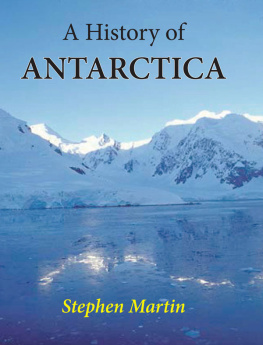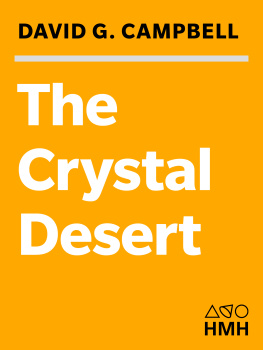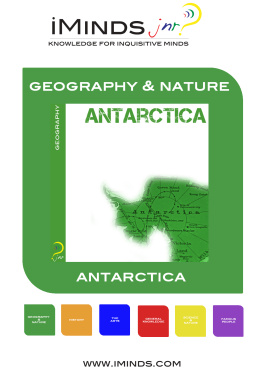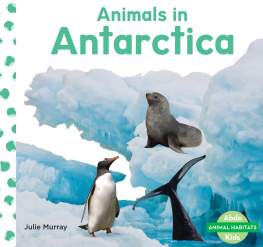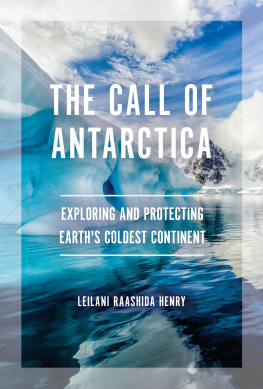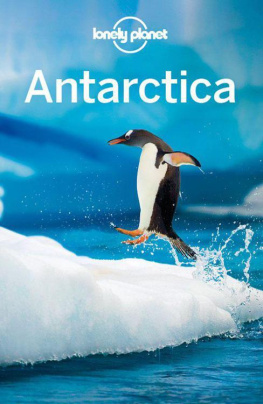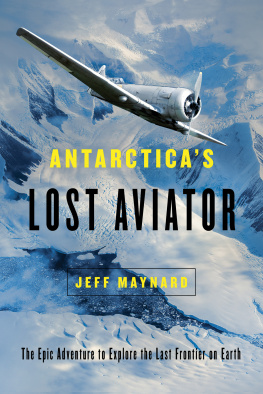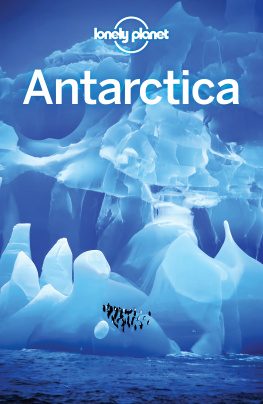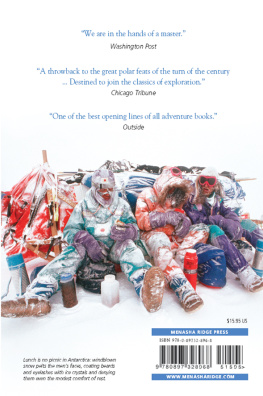A History of Antarctica
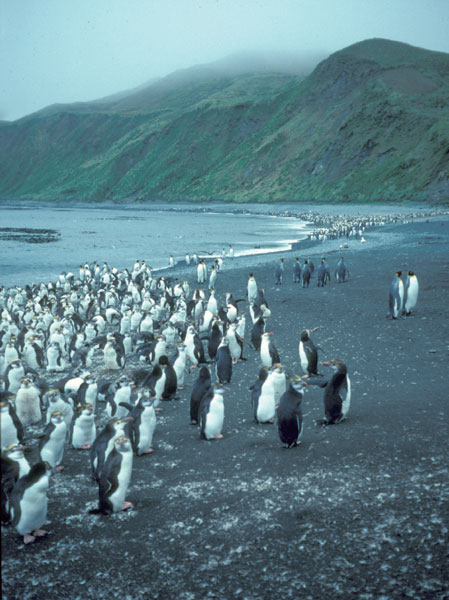
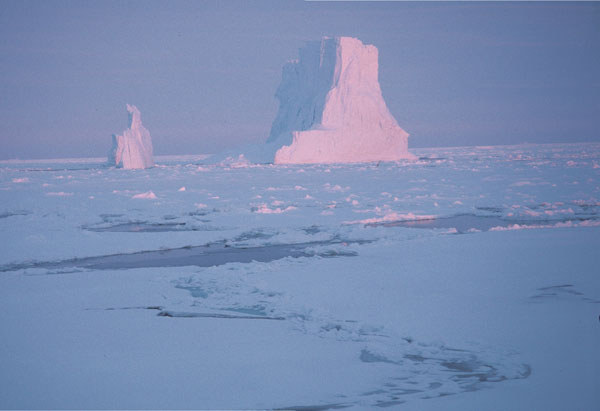
A History of Antarctica
Stephen Martin
ROSENBERG
This edition published in Australia in 2013
by Rosenberg Publishing Pty Ltd
PO Box 6125, Dural Delivery Centre NSW 2158
Phone: 61 2 9654 1502 Fax: 61 2 9654 1338
Email:
Web: www.rosenbergpub.com.au
Facebook: www.facebook.com/
RosenbergPublishing
Copyright Stephen Martin 2013
All rights reserved. No part of this publication may be reproduced, stored in a retrieval system, or transmitted, in any form or by any means, electronic, mechanical, photocopying, recording or otherwise, without the prior permission of the publisher in writing.
Every effort has been made to trace owners of copyright of material included in this book, but advice of any omissions would be appreciated.
National Library of Australia Cataloguing-in-Publication data:
Author: | Martin, Stephen, 1951 |
Title: | A history of Antarctica / Stephen Martin. |
Edition: | 2nd ed. |
ISBN: | 9781921719578 (hbk.) |
ISBN: | 9781922013712 (Epdf) |
ISBN: | 9781922013729 (Epub) |
ISBN: | 9781922013736 (Mobi/Kindle) |
Notes: | Includes bibliographical references and index. |
Subjects: | Antarctica--History. |
Antarctica--Discovery and exploration. |
Dewey Number: 998.9
Front jacket: Early morning at Paradise Harbour in the Antarctic Peninsula
Back jacket: Adlie penguins, Pygoscelis adeliae, at Cape Adare.
Endpapers (left): | Territorial claims and year-round stations |
(right): | Territorial claims (2007) |
Half-title: Royal penguins, Eudyptes schlegeli
Title page: Late summer sunrise, Amundsen Sea
Acknowledgments
Many people helped with the research and writing of the two editions of this history. Richard Neville, Mitchell Librarian, Chris Pryke, Paul Scully, Alan Davies, Joseph Trunecke and the capable staff of the Image Library of the State Library of New South Wales provided invaluable assistance and direction. Phil Law, Tony de Leon, Rebecca Thomas, Judith Kelly, Carol Devich, Matthew Richardson, John Witzig and Carol Dettman helped shape the original work. The second edition has been much improved by the editorial suggestions of Anne Savage. Staff at the British Antarctic Survey and the Antarctic Division continue to be particularly helpful with questions and support. Thanks to Erica Persak and her help in working with the Antarctic collections of Australian Capital Equity.
Over the last two decades, Ive been privileged to visit the continent many times as history lecturer, field guide, sailor and tourist. Conversations with Bernadette Hince, Tim Bowden, Tom Griffiths, Colin Monteath, Alasdair McGregor and Mark Pharaoh have helped my deepening appreciation of the continent and its history.
The work has been considerably informed by my work with adventure tour companies Aurora Expeditions and Orion Expedition Cruises and for the Mawsons Huts Foundation. My thanks to all those who work for these companies, particularly Margaret and Greg Mortimer, Don and Margie McIntyre and David Jensen.
During my visits south many people, and the freshness and zeal of their amazement, have continually kept me in touch with the power and excitement experienced by those who have travelled to Antarctica.
As usual, the love and suggestions of my two sons Tom and Max have been invaluable.
My heartfelt thanks to you all.
Contents
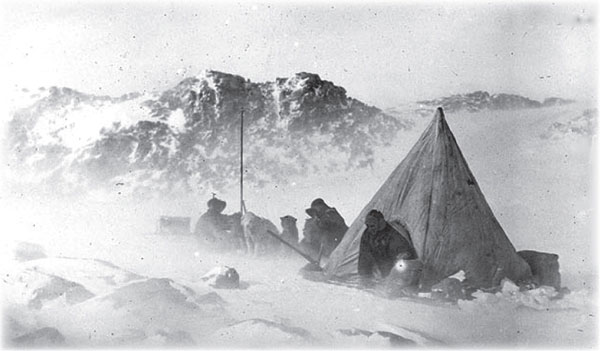
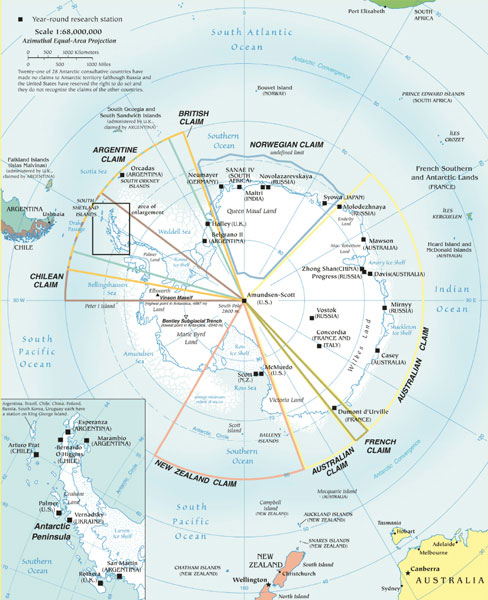
Territorial claims and year-round research stations in Antarctica (Wikipedia Commons)
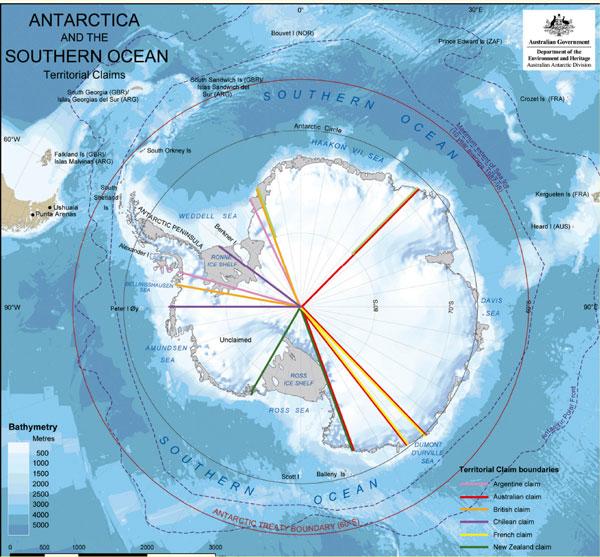
Antarctica and the Southern Ocean: Territorial claims. Map courtesy of the Australian Antarctic Division Commonwealth of Australia (2007)
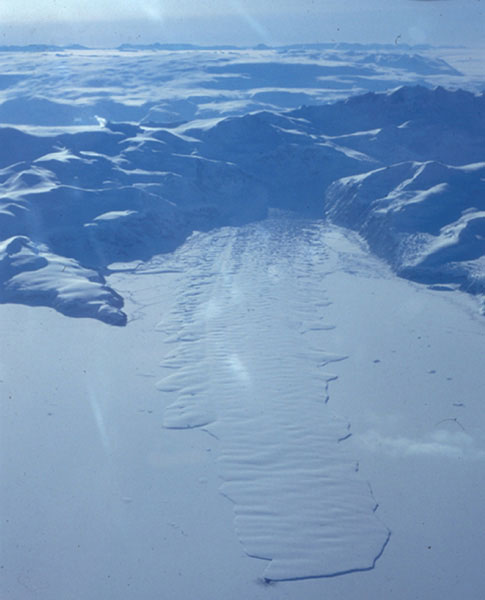
Ice tongue extending into the Ross Sea.
Introduction
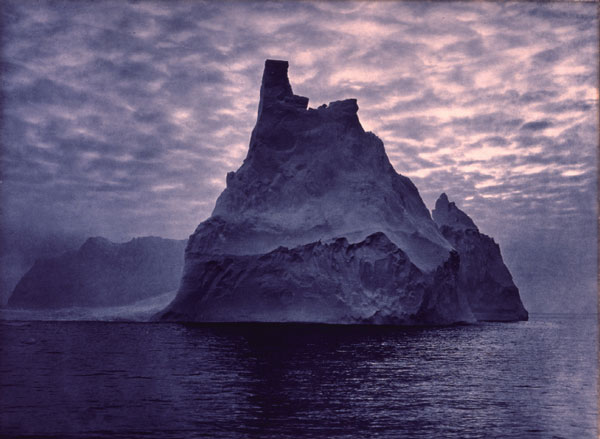
Spectacular iceberg; a carbon print by Frank Hurley, 1911.
Seen from space, Antarctica looks like a beautiful white creature, surrounded by seas and with its tail slightly curving north towards the South American landmass. In 1991 the crew of the space shuttle Challenger passed over the continent on their return to Earth. As they approached the auroral area over the southern icecap, they saw rays of light, like threads of colour, shooting down through the atmosphere. In awed tones they described their passage through the aurora australisa spectacular show of pale red, green and white.
Antarctica began its geological history as part of the primeval supercontinent Gondwana. This immense mass of land comprised what are now Antarctica, South America, Africa, Madagascar, India, Australia and New Zealand. More than 70 million years ago, Antarctica broke away from the other landmasses of Gondwana and moved over the South Pole. Oceans developed and encircled the new continent, isolating it from other landmasses and cooling it.
Throughout this history, the climate of Antarctica has swung between the extremes of ice ages, and periods of relative warmth. The fossils of conifers, reptiles, giant penguins and dolphins found in recent times indicate that the continent has experienced periods of warmth and supported land animals and temperate forests.
The Antarctic region lies south of the 60th parallel of latitude. The fifth largest continent, and nearly twice the size of Australia, Antarctica covers 14.2 million square kilometres and is 4500 kilometres across, a measurement which includes the ice sheets covering the seas around the coasts.
One of the worlds longest mountain ranges, the Transantarctic Mountains, stretches 2200 kilometres across Antarctica from the Ross Sea to the Weddell Sea. This magnificent rangewith many peaks over 4000 metres highemerges from the icecap to tower over remote and isolated valleys, and divides the continent into two regions. Without their vast, unifying plains of ice these regions would be distinct landmasses. West Antarctica, on the Pacific Ocean side of the Transantarctic Mountains, would be a group of islands, and East Antarctica, on the Indian Ocean side, a major landmass the size of Australia. The icecap rising above it gives Antarctica the highest average elevation of all the continents. Vinson Massif in West Antarctica, near the base of the Antarctic Peninsula, is the highest mountain peak, reaching through the icecap to 4879 metres.
Next page
